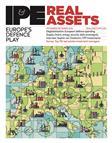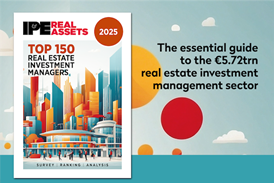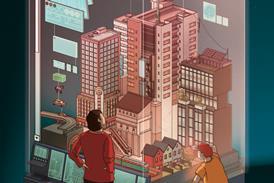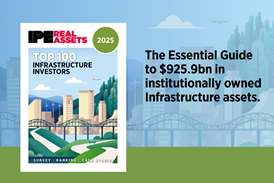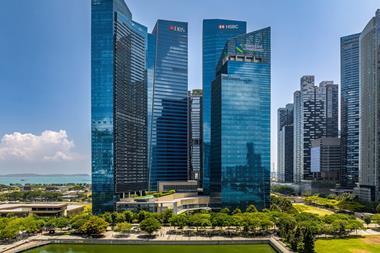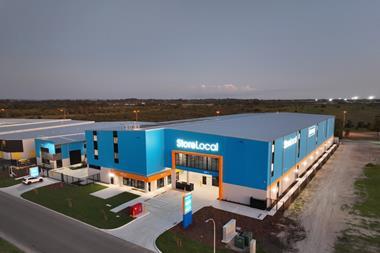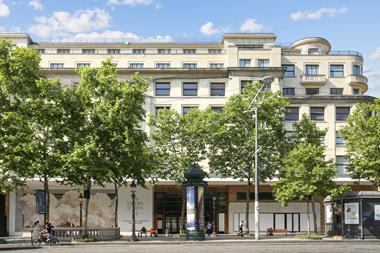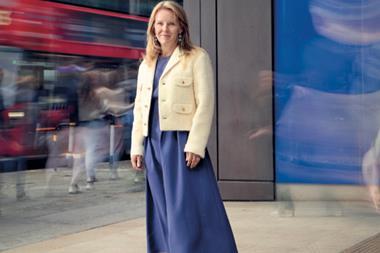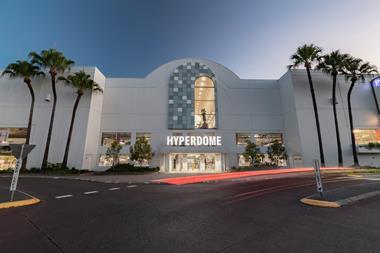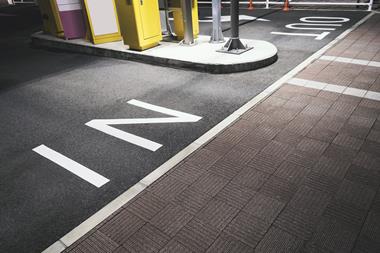With more deals, better performance and adaptation, the retail sector may be finally stabilising, writes José Pellicer
Retail is no longer toxic. In fact, in the right format and location, it might just be one of the most compelling value plays in European real estate today.

The winners are becoming clear: low capex, high yield, with retailers who’ve already made the omnichannel leap. In a market starved of genuine pricing dislocation, retail offers just that, and a viable route to value-add returns at core-plus risk.
The opportunity is ripe for the taking – the question is, who’s ready to seize it?
Why the mood has shifted
New supply has been minimal since the GFC, with retail stock growing just ~1.2% per year (including Central and Eastern Europe), mostly through defensive extensions rather than expansion.
At the same time, occupancy costs have reset: rents in shopping centres and high streets have fallen, while prime retail park rents have held steady. The result? A more affordable and sustainable rent base across the sector.
Meanwhile, in-store sales have risen steadily, widening the gap between revenue and rent - a strong indicator of improved affordability and tenant viability. In addition, retailer bankruptcies are down significantly, in contrast to rising insolvencies in sectors like transport and logistics, which may be overheating after rapid growth.
Investor appetite is shifting. Yields are beginning to compress in the US and parts of Europe. In the UK, the yield gap between prime retail parks and logistics has narrowed sharply — from nearly 100bps to just 25bps. INREV’s latest survey shows retail climbing the ranks of investor preferences, now nearly on par with offices and ahead of healthcare.
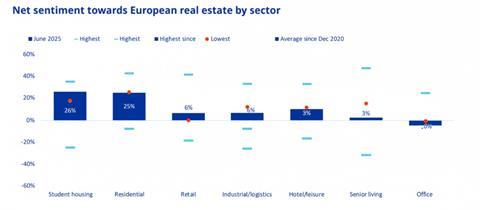
In today’s environment of sticky inflation and low growth, investors are seeking resilient income with pricing power.
Necessity-led and value-oriented retail formats are well positioned to deliver that, and they still offer a meaningful yield premium over logistics and residential.
Why today?
The macro and geopolitical environment is now the key change that investors (and retailers) are facing moving forward.
Less migration, more tariffs and geopolitical instability in the Middle East will bring inflation and moderate growth and in periods of high inflation, you need pricing power, ie locations where you can pass on rents to occupiers.
Some areas of retail offer this. For example, food-anchored parks can pass on costs to consumers, maintain footfall, and sustain margins. Better yet, many of the assets are still priced at attractive yields, with low capex needs and increasingly solid tenant profiles.
Which investors are ready to capitalise?
To be clear: this isn’t 1995. Structural headwinds still exist. Retailer bankruptcies are still happening – many are currently suffering the aftermath of the Covid-19 pandemic. Many properties are also still “uninvestable” and need to be transformed.
It is not clear whether e-commerce penetration has stabilised or not. All we know is that it is lower than during COVID at present. But for investors who can separate the retail wheat from the outdated chaff, the opportunity is real.
In some countries, notably the US and the UK, there has been a renewed interest in grocery-anchored retail – cap rates are slowly approaching prime logistics in the UK. Some large funds even had their shopping centres as their best performing assets in the last few years.
After years of “transaction draught”, some large shopping centre transactions have finally closed (or are about to) in the last 18 months, notably in Spain and in the UK. And a mixture of opportunistic, value-add and even core long term investors, as well as REITs, are closing in.
More deals, better performance, better adaptation to the new environment. This may well be the beginning of the sector’s long overdue stabilisation.
To read the latest IPE Real Assets magazine click here.

